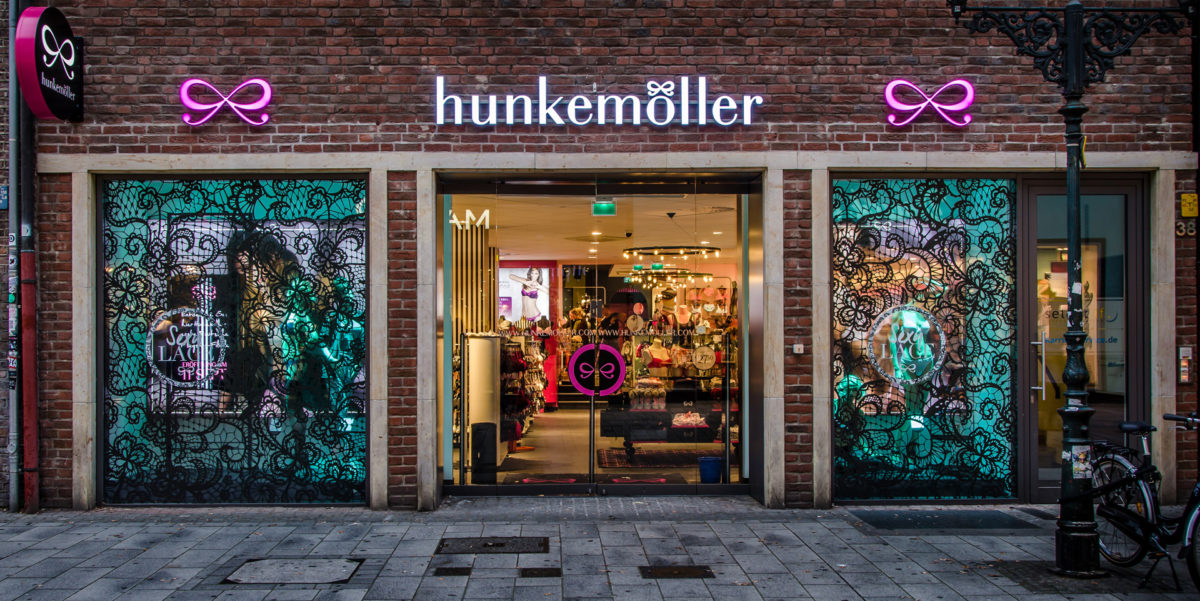Introduction: e–commerce as disrupter
Since the importance of e-commerce is increasing, digital is taking over the physical stores that disappear more often. E-commerce is changing the traditional business model of retailers. They do not longer survive with offline operations only and need to rethink their business model and strategy by considering to move their business to the web.
New phenomena: m–commerce and multi–screening
Over the past few years there has been a growth in the possession of smart mobile devices and the use of applications has grown by 100%. Applications are easy to use and therefore mobile commerce is rising. Research shows that mobile commerce will grow with 42% between 2013 and 2016. Compared to a 13% growth in regular e-commerce, this implies that m-commerce will grow three times faster. Companies are forced to go along with this development to keep their business running.
Since the rise of m-commerce, 85% of the online customers start and finish their purchase on different devices. 65% start with online shopping on their smartphone, of which 60% continue on their PC. These numbers indicate the increasing importance of multi-screening.
A chance for traditional stores: omni–channel
With the growing importance of multi-screening comes that customers no longer rely on a single channel, but want to interact with companies on different channels at the same time, called omni-channel. Almost half of all consumers want retailers to integrate in-store, online and mobile channels. More than three quarters of all companies want to implement click-and-collect; buy online and collect offline, or in-store online shopping; buy products in store that will be delivered at home.
Retailers should focus on fully integrating online and offline channels, so they are able to gather useful information from customers at one central place and measure customer behavior. This allows retailers to restore the importance of physical stores in sales activities.
Omni–channel at Hunkemöller
Hunkemöller launched webshops in 11 different countries and has more than 700 physical stores in 18 countries all over the world. Nowadays almost 1.5 million customers downloaded the Hunkemöller app and the member card club program ‘My Hunkemöller’ is, with 3.3 million members, one of the largest loyalty programs. These developments ensure that sales initiated through different channels and devices, like mobiles, laptops and tablets, are the fastest growing parts of the business.
Hunkemöller successfully implemented its omni-channel strategy and now focusses on offering the customer a complete omni-channel experience by providing services like Check & Reserve, reserve online and pay offline, Order-in-Store, ordering in store and delivery at home, and Click & Collect, order online and pick up in store. 38% of all online orders are placed using Click & Collect and 10% using Order-in-Store. With these services Hunkemöller distinguishes itself from pure players, generates more sales, reduces no-selling, increases the offer in physical stores, ensures long-term customer relationships and creates an omni-channel customer journey.
Although there is a lot of online activity, still 68% of the customers orientate online and finally buy in the offline store. Vice versa, offline has a great impact on online sales. In this way, the traditional store stays a significant factor in Hunkemöller’s operations. 35% of all returned orders are returned in the offline store and this generates an additional interactive touchpoint with the customer, resulting in upsell 48% of the time.
The survival of the traditional store
Despite the fact that e-commerce has become an important part of our lives, traditional stores will still remain to provide extra customized service, in-store selling and personal interaction with the customer. However, successful implementation of an omni-channel strategy integrating all offline and online channels, is crucial.
What is the future of traditional stores? And which new omni-channel developments will occur in the next few years?
Sources
Ahuja, V. Khazanchi, D. (2016) ‘Creation of a conceptual model for Adoption of Mobile Apps for shopping from E-Commerce sites-An Indian context’, Procedia Computer Science, 91, 609-616.
Blacquière, E., Middendorp, B. (2016) ‘Hunkemöller grenzen verleggen met omnichannel e-commerce in de praktijk’, eFashion
Chung-Shing, L. (2001) ‘An analytical framework for evaluating e‐commerce business models and strategies’, Internet Research, Vol. 11 Iss: 4, pp. 349 – 359.
Coupofy (2015). Mobile Commerce Growing 300% Faster than eCommerce. Retrieved from http://www.prnewswire.com/news-releases/mobile-commerce-growing-300-faster-than-ecommerce—study-by-coupofy-300133569.html
Hunkemöller (2015). Our Brand Journey. Retrieved from www.hunkemoller.com
Li, T. (2016) ‘Industry Disruption’, Information Strategy Session 2, Rotterdam (12 September 2016)
Twenga Solutions (2016). E–commerce in Europa 2016: Feiten en cijfers. Retrieved from https://www.twenga-solutions.com/nl/insights/e-commerce-in-europa-2016/
Woude, K. van der (2016). Integreer je verkoopkanalen. Retrieved from www.ism.nl

